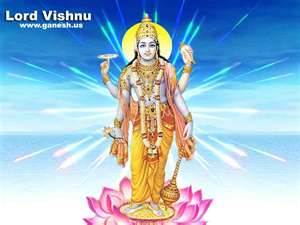Skandham-5. Chapter-2. (Maharaja Agnidhara) Slokam-9.& 10.

Skandham-5. Chapter-2. (Maharaja Agnidhara) Slokam-9. Seeing the bumblebees following Purvacitti, Aganidhra said: My dear Lord, the bumblebees surrounding your body are like disciples surrounding your worshipable self. They are incessantly chanting the mantras of the Sama Veda and the Upanishads, thus offering prayers to you. Just as great sages resort to the branches of Vedic literatures, the bumblebees are enjoying the showers of flowers falling from your hair. Slokam-10. O brahmana, I can simply hear the tinkling of your ankle bells. Within those bells, tittiri birds seem to be chirping among themselves. Although I do not see their forms, I can hear how they are chirping. When I look at your beautiful circular hips, I see they are the lovely color of kadamba flowers, and your waist is encircled by a belt of burning cinders. Indeed, you seem to have forgotten to dress yourself. W...






